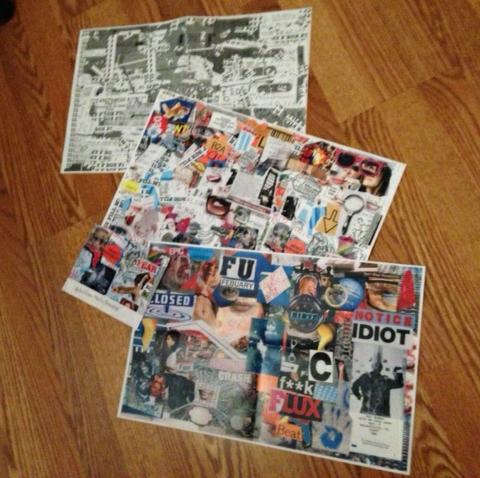
For over 30 years Hal McGee has been creating experimental audio recordings, both solo and in collaboration, as well as distributing his own and other artists’ work, first through his 1980s Cause and Effect label and most recently through his Haltapes and Kassette Kult Tapes labels. To call Hal prolific doesn’t begin to describe his output and the variety of projects he has captained, which come in a multitude of styles and release formats.
One of Hal’s recent passions is recording on microcassettes, or what he calls ‘Dictaphonia’. Hal chose to work with microcassettes for a number of reasons. One is the constraints of the medium. Hal not only recognizes but embraces the lo-fi limitations of the microcassette. They have a limited frequency response, which by design matches the range of the human voice, and in fact was originally intended for voice (dictation) rather than musical recording. They are monophonic. As Hal says, “It seems kind of fresh to me for this reason. It isn’t tainted by being an art object, like a standard-sized cassette.”
Hal’s first microcassette work was his 2007 The Man With The Tape Recorder, which he considers to be one of his best and favorite recordings. It’s trademark Hal, consisting of a non-stop stream of seemingly incongruous, dada/cut-up constructions. It’s a cavalcade of sounds and noise, some from instruments and much of it taken from day in the life sounds and conversations, including Hal’s stream of consciousness narrative injections, and all manipulated by Hal and the microcassette recorder as a creative tool.
Hal describes: “When I have a microcassette recorder in my hand or pocket I feel like everything is right in my world. I feel ‘connected’ (‘wired for sound’) to the world at large because I can reshape it and reconfigure it and to a great extent document my experiences with and in it. Also, I get to rearrange time by recording things in sequences out of order with their actual manifestations in ‘the real world’. It’s the whole William S. Burroughs and Brion Gysin cut-up method.”
The following is an overview of 11 microcassette audio art albums recorded from 2014 through early 2015. From one album to the next my impressions may come across differently. The kind of experimental audio works that Hal and his fellow travelers create inspire varying reactions which impact my impressions of these listening experiences, and the experiences vary according to my mood and disposition at the time in ways that other kinds of music do not. And THAT is what makes them so much fun to get immersed in. It’s the wonder of the incidental and banal brought together in interesting ways. People are just so darned creative…
Many of the albums are splits, with one side by Hal and the other contributed by a fellow artist. Two are collaborations and one is Hal solo. In each case I’ve listed the link to the album in Hal’s online catalog.
Note that while Hal records on microcassette, he makes the recordings available in CDR and download formats. CLICK HERE to read Hal’s microcassette manifesto in which he explains his current opinion about physical vs. digital formats and his use of the microcassette.
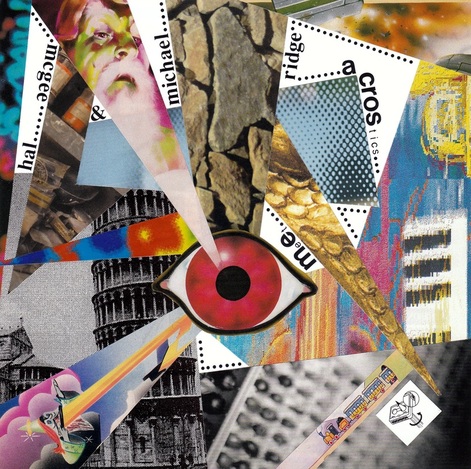 Hal McGee & Michael Ridge – “Acrostics Meet”
Hal McGee & Michael Ridge – “Acrostics Meet”
http://www.haltapes.com/acrostics-meet.html
Michael Ridge is a UK based multimedia artist who joins Hal on two 30 minute sound collages. Reading the list of sound sources used by each artist is a hoot, running the gamut from heavy rainfall in a courtyard garden, Tibetan Buddhist digital chant machine, children’s sound effects cassette, cell phone conversations, Steim Cracklebox, dog squeaky toys, and the lists go on, though there’s also Korg Monotron and synthesizers.
A trademark characteristic of Hal’s audio art is day-in-the-life conversations from work, phone and out and about on the town. I like the oddly rhythmic crackling pattern that sounds like rain pouring in the living room and lays the foundation for pretty much everything else that occurs for the first portion of the set. We have a mishmash of conversational ephemera, plus electronic tones, squalls and general playfulness. At times the electronics sound like a gaggle of chattering robots, and at others like a lo-fi Jazz jam. The juxtaposition of elements is always fun, like when an old saucy Blues song crackles on the turntable, sometimes slowed to a drag, while Hal engages in chitchat and an ensemble of percussion, sounds and voices engage in a raucously free-wheeling jam. A chanting Native American shaman accompanies a succession of voices, an electronic kazoo and other sundry sounds, before being replaced by first a somber keyboard melody and then what sounds like a toy piano, both of which keep company with a similar chain of audio events. I really dig the toy piano and squeaky toy jam. The incessant high pitched tone accompanied by choppy noise patterns and breathy horn is unsettling and intriguing. Overall a fun assemblage of audio parts and pieces.
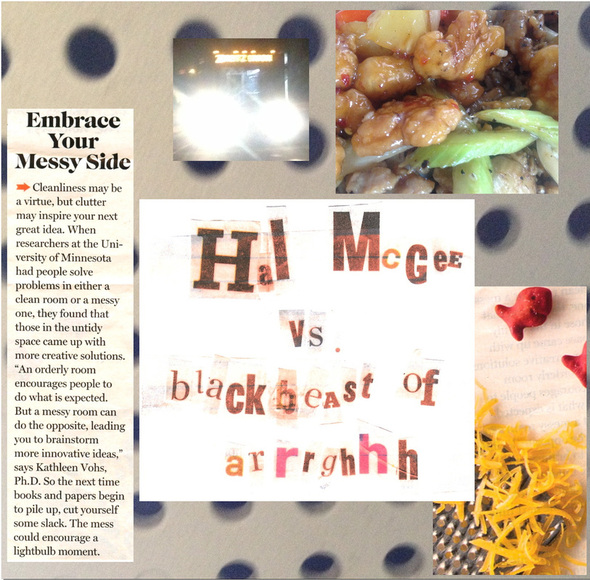 Hal McGee vs. black beast of arrrghhh – “With Deconstructed Documentation”
Hal McGee vs. black beast of arrrghhh – “With Deconstructed Documentation”
http://www.haltapes.com/hal-mcgee-vs-black-beast-of-arrrghhh.html
black beast of arrrghhh (BBOA) is the moniker used by St. Petersburg, Florida based Zachary Short, who invited Hal to do a “versus” noise work which BBOA would release on CDR. Hal recorded an audio letter on microcassette, created a stereo mix of the audio letter, burned it onto a CDR and sent it to BBOA along with the audio letter tape. BBOA recorded a response on microcassette, mixed the two sides of his tape into one track and then combined his and Hal’s mixes. Fun, huh?
There are seven tracks on this 105 minute double CDR set. The first track is the final 15 minute Hal McGee vs. black beast of arrrghhh mix created by BBOA. We’ve got Hal and BBOA talking simultaneously, though the mix is interesting, turning the two men’s separate chatter into a steadily choppy rhythmic stroll. Along with this we have a variety of every day sounds, including a pleasant piano melody and other people’s voices, though it’s the mix and presentation of the talking and arrangement with the not overly busy sounds that is the star of the show.
The remaining tracks are the four sides of the two microcassette tapes and the sub mixes created by Hal and BBOA… Hence the “with deconstructed documentation” of the title. These tracks are a fun spin and should be of interest to all as they not only give us a feel for how these things come together, but for me the raw and sub mixed Hal audio letter is almost like another album. I’ve long been a fan of Hal’s diarist/dada/day-in-the-life verbalisms so I enjoyed these as a bonus.
 Hal McGee – “Graphic Violence, Nudity & Pornography”
Hal McGee – “Graphic Violence, Nudity & Pornography”
http://www.haltapes.com/graphic-violence-nudity-and-pornography.html
Graphic Violence, Nudity & Pornography is a Hal McGee solo recording, consisting of two 15 minute pieces of lo-fi electroacoustic collage. I dove into this recording eagerly after reading the album dedication to Wild Man Fischer, Charlie Patton, and Spike Jones. Hal’s stream of consciousness spoken word and conversations are spotlighted, which can be quite humorous at times (he wants to FART on you!). Plus he sings, reworking Heartbreak Hotel, Space Is The Place, doing a damaged Blues, and cranking out some fun yodel squawks. Stanley the dog has a few things to say too.
This is a sparse recording and the use of kazoo, slide whistle, cracklebox, diddley bow, ukulele, smartphone, consumer keyboards, Monotron analog synth and miscellaneous field recordings are for the most part treated singularly rather than glommed together. But remember that An Evening With Wild Man Fischer was mostly just old crazy Larry singing whatever was on his mind.
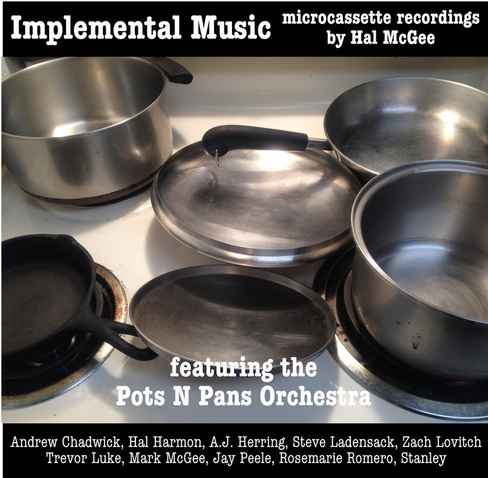 Hal McGee & Friends – “Implemental Music”
Hal McGee & Friends – “Implemental Music”
http://www.haltapes.com/implemental-music.html
Implemental Music is #24 in Hal’s long running Apartment Music series of concerts of experimental, improvisation, electronic and noise music at his apartment. We Feel A Little Weird is the first of two 15 minute tracks and consists of conversational extracts and snippets before and during the show plus bang ‘n’ clatter preparation for the Pots N Pans Orchestra jam. These people are clearly having fun and the fly on the wall, voyeuristic view of it all is just like being there. Damn, I’ll bet getting stung on the temple by a wasp would really suck.
Revolt in the Household Goods Department features Hal McGee, Mark McGee, Andrew Chadwick, Hal Harmon, A.J. Herring, Steve Ladensack, Zach Lovitch, Trevor Luke, Jay Peele, Rosemarie Romero, and Stanley the dog performing as the Pots N Pans Orchestra, and they ain’t called the Pots N Pans Orchestra fer nuthin’. Hot DAMN this is fun stuff, and I double Stanley dog dare anyone to tell me that they’re not laying down a nice steady rhythmic groove and creating some inspirational rug cutting cacophony. Seriously, they may be improvising but the clatter really flows.
 Rafael Gonzalez & Hal McGee – Microcassette Split
Rafael Gonzalez & Hal McGee – Microcassette Split
http://www.haltapes.com/rafael-gonzalez-hal-mcgee-microcassette-split.html
Rafael Gonzalez is a Spanish audio artist who for his side of this split album molds and shapes classical music radio broadcasts, field recordings, Korg Monotron Delay, cassettes and CDs. It’s a bumpity bump excursion of creatively abrupt switcheroos, continually transitioning through a series of short sharp shock blasts of sound. The microcassette manipulation is the fun part, with the screeching starts, stops, speeding up and slowing down coming across like a parade of subliminal audio messages. 16 minutes that really keeps us listeners on our toes.
Hal’s side is stitched together in a similar spirit as he bombards us with an ever changing array of sounds, in this case produced by shortwave radio, cigar box diddley bow and, of course, microcassette manipulation. Hal makes fun use of the shortwave, both broadcasts and dial surfing sounds. Some of the best parts sound like lo-fi and totally brain scrambled sci-fi soundtrack effects. The broadcasts that he finds are goldmines of craziness that are ideal fodder for mixing with sounds, noise and effects. I Googled cigar box diddley bow and was surprised to see it’s a kind of homemade guitar. And sure enough, near the end Hal jams away on it like a blind drunk rocker.
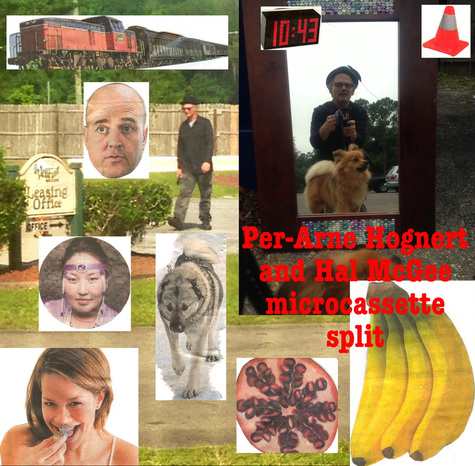 Per-Arne Hognert & Hal McGee – Microcassette Split
Per-Arne Hognert & Hal McGee – Microcassette Split
http://www.haltapes.com/per-arne-hognert-hal-mcgee-microcassette-split.html
For his side of this split, Swedish audio artist Per-Arne Hognert’s arsenal of sounds and sources includes Casio SA-77, making noise with a bunch of firewood, some metal thingy (his words), Atari Punk Console noise, grinding a handful of gravel, Korg Monotribe synthesizer, throwing pinecones in a pool of water, and much much more. We’ve got a Casio melody that sounds like a cross between beer hall accordion and Phantom of the Opera, rhythmic clatter, radiophonic tone diddling, melodic synth noodling, out and about field sounds, noise, all manner of electronic fun and spaced out sci-fi weirdness. Rather than a rapid fire succession of sound events, Hognert spends at least some minimal time with each piece of his audio collage, making for 16 minutes of on-going reflection.
Hal travels a similar path, with sources including rain on umbrella, shortwave radio, kazoo, cigar box diddley bow, life monitor signal, and various conversations and street recordings. Oh, and Stanley the dog. There’s a cool diddley bow and barking Stanley duet that I enjoyed and frowned when Hal told Stanley to stop. I don’t think he realized the leg up on the doggy Jingle Bells he had going there. There’s plenty of Hal spoken word, interactions with others and general day in the life activity that I always enjoy. I especially liked Hal’s coyote interpretation of Home On The Range. I keep using the term “rhythmic clatter” in my descriptions of these albums but damned if there’s not a lot of really interesting and surprisingly measured bang ‘n’ clang pandemonium going on.
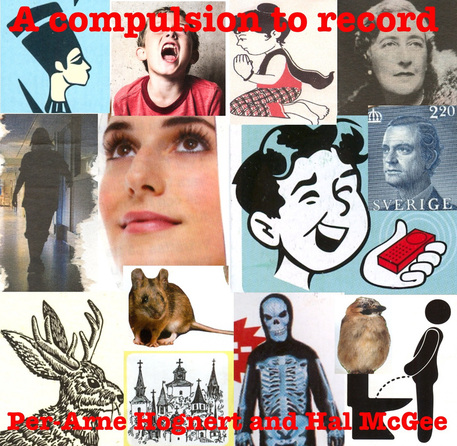 Per-Arne Hognert & Hal McGee – “A Compulsion to Record”
Per-Arne Hognert & Hal McGee – “A Compulsion to Record”
http://www.haltapes.com/a-compulsion-to-record.html
Following from their split album, A Compulsion to Record is a collaboration between Hal and Hognert. I like the layers of voices, both everyday conversational and whacky whimsical amidst the noise and clatter of walking about, housework and whatever else might be occurring. It’s the mundane sounds of daily life juxtaposed with wildly mixed old video games, sirens, and other amusing effects.
It’s interesting how distinctively each piece can be picked out in this lo-fi microcassette setting. Rather than being densely glommed together, each slice of the pie occurs in tandem, in parallel, and simultaneously yet distinctly. It’s a morphing and mixing of real life and the surreal. And, as I keep increasingly noting as I listen to these albums back to back, they create an odd, off-kilter, yet peculiarly rhythmic flow.
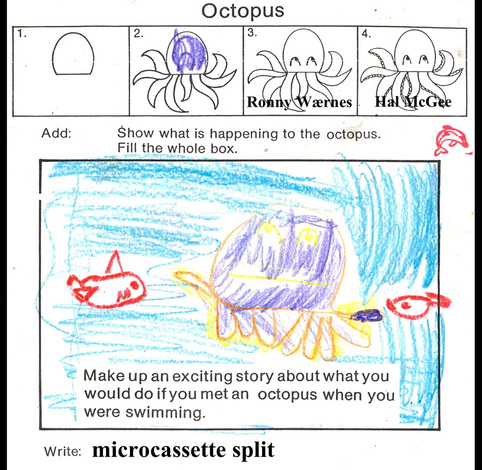 Ronny Waernes & Hal Mcgee – Microcassette Split
Ronny Waernes & Hal Mcgee – Microcassette Split
http://www.haltapes.com/ronny-waernes-hal-mcgee-microcassette-split.html
Norwegian audio artist Ronny Waernes keeps things creatively simple on his side of this split, utilizing field recordings and distorted sounds from the microcassette player. The results are stripped down but intriguing. I hear airplanes overheard, wind, automobiles, voices, and all kinds of noisy subtleties that the recorder picks up. Waernes must just be walking around somewhere (in Bodo, Norway) but it’s vague enough to leave the details to the imagination.
For his side, Hal too is out and about with his microcassette recorder at work, Ventura Apartments, and the Haile Plantation Homestead historical site (the Homestead web site calls out its “Talking Walls”: The Haile family wrote on the walls of their home – over 12,500 words in almost every room and closet). Unlike Waernes, who only provides distant voices, Hal characteristically focuses on whatever is going on in his immediately proximity. We follow Hal on the Homestead tour, with his own commentary and spoken word mixed in, as well as a lunch diversion, work and other activities.
I love the coloring book cover to this album which encourages, presumably a child, to “Make up an exciting story about what you would do if you met an octopus when you were swimming”.
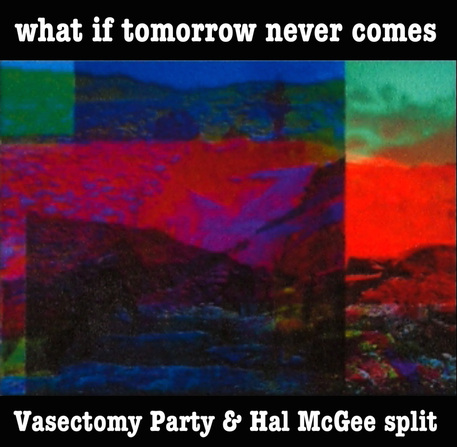 Vasectomy Party & Hal McGee – “What If Tomorrow Never Comes”
Vasectomy Party & Hal McGee – “What If Tomorrow Never Comes”
http://www.haltapes.com/what-if-tomorrow-never-comes.html
Vasectomy Party is Hal Harmon, another Floridian audio artist who for his side of this split employs a variety of electronic gear, including delays, noise generators, distortion, flanger, and more. This is a high intensity Space-Noise excursion that’s equal parts abrasive interstellar luge competition and spacecraft engine room activity. One moment we’re jettisoned through supersonic waves of noise debris, and the next we’re in a gaggle of bleeps, blurps, pulsations and static. It’s totally spaced out but in a sand blaster sort of way.
Hal too explores experimental electronic space, creating Space-Industrial electronica with Arturia MicroBrute analog synthesizer and Moog MF-104 Analog Delay. I like the rapid-fire pulsations alongside raging cosmic buzzsaw, which together create a harrowing headphones experience. 15 minutes of white knuckled, nail biting intensity that is, nonetheless, disturbingly hypnotic.
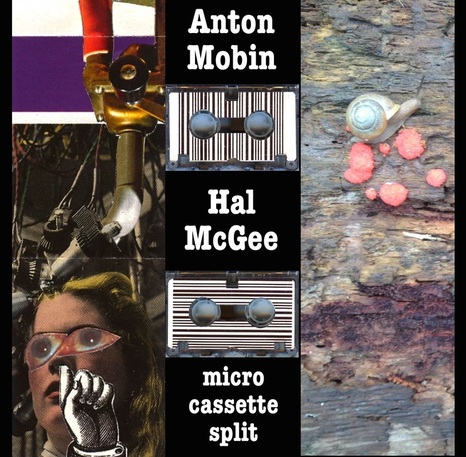 Anton Mobin & Hal McGee – Microcassette Split
Anton Mobin & Hal McGee – Microcassette Split
http://www.haltapes.com/anton-mobin-hal-mcgee-microcassette-split.html
French audio artist Anton Mobin’s side of this split is an audio journal recorded in Paris, Athens and Thessaloniki, featuring collage mixed and microcassette manipulated day in the life parts and pieces. Urban sounds, sundry street occurrences, crowd noise, background music ranging from traditional Greek to New Orleans Jazz, even the simple sound of walking. None of the voices are at the forefront, making this an avant-garde pastiche of the more subtle portions of everyday life.
Hal, on the other hand, nearly always puts his thoughts and conversations with others in the spotlight, mixing spoken word with exchanges between himself and co-workers and anyone else he encounters on his travels. Hal records his own audio journal, in this case visiting Dudley Farm in Newberry, Florida. He talks to others, either fellow visitors or tour guides, reads some of the explanatory signs in his own inimitable style, and among other spots on the tour we visit the chickens, and damned if one didn’t just lay an egg. They sound like cute little buggers. Audio journals are on a certain level simplistic, yet the interest lies in placing yourself in the artist’s shoes and feeling like you’re along for the ride, which is all the more fun given the clickity clackity cut up stitch and mix nature of the recording.
 Alphastare & Hal McGee – Microcasette Split
Alphastare & Hal McGee – Microcasette Split
http://www.haltapes.com/alphastare-hal-mcgee-microcassette-split.html
For his side of this split, San Francisco based audio artist Alphastare assembled a variety of incidental sounds and provides some fun descriptions of those sounds, including… I got a kick out of this one… “happened to be walking by a club on my way to the studio and heard this Filipino band soundchecking doing a Simon and Garfunkel cover”. Another interesting lo-fi assemblage of day in the life ephemera, much of it pretty cool musical bits that I assume is in the studio Alphastare was on his way to. I especially like the spacey UFO synth workout accompanying a simple repetitive melodic riff.
Hal picks up on the humor of Alphastare’s descriptions by listing his collage toolkit as “The usual stuff”, including Best Buy dumbfuck, I float the recorder in the toilet water, save the ta-tas… fun stuff indeed, and sure enough this is trademark Hal, who I’ll wind down this article by saying is in my opinion the master of the diarist audio collage. Hal goes about life in the ho hum way that most of us do, but manages to offer slices of his life, via audio art recordings, in ways that are both interesting and fun.
One of the standout aspects is Hal’s voice, which is very distinct. But he also interacts comfortably with others, and the exchanges, which range from banal to interesting, are often downright hilarious. Having heard a large number of these over the years, my favorite recurring conversations are those he has with a particular female co-worker, which can be hysterically funny. But at the end of the day it’s the characteristically Hal way it’s all stitched together that makes these the audio artifacts that they are.
For more information visit the Hal McGee web site at: http://www.haltapes.com
This is an information and history packed web site, covering 1982-present (plus other goodies… spend some time there)
Stream and download at Hal’s Bandcamp site: http://halmcgee.bandcamp.com
Reviewed by Jerry Kranitz

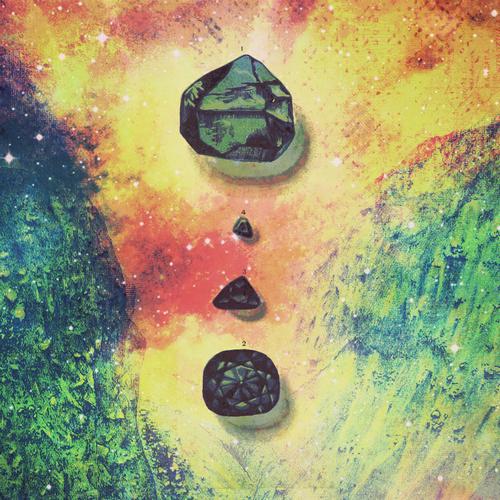 Kanoi is the project of Austrian musician Benjamin Kantschieder. He’s released several albums and singles as Kanoi, some as a one man band and some with other musicians, though last year’s From The City To The Stars was my introduction to his music. Gemstone Sunrise is the latest, a 5 track digital only EP that Kantschieder is promoting as a teaser for his next full-length which will be released on vinyl by Clostridium Records later this year (Closrtridium also released From The City To The Stars).
Kanoi is the project of Austrian musician Benjamin Kantschieder. He’s released several albums and singles as Kanoi, some as a one man band and some with other musicians, though last year’s From The City To The Stars was my introduction to his music. Gemstone Sunrise is the latest, a 5 track digital only EP that Kantschieder is promoting as a teaser for his next full-length which will be released on vinyl by Clostridium Records later this year (Closrtridium also released From The City To The Stars). Client/Server is the husband and wife duo of Tom and Jennifer who formed in 1999, having been influenced by Flying Saucer Attack, Windy & Carl and Bardo Pond. They recorded a couple albums over the next few years and then went into hibernation for nearly a decade before reviving the project in 2012. Tom and Jennifer are originally from Boston but relocated to Tokyo in 2008 where they reside to this day.
Client/Server is the husband and wife duo of Tom and Jennifer who formed in 1999, having been influenced by Flying Saucer Attack, Windy & Carl and Bardo Pond. They recorded a couple albums over the next few years and then went into hibernation for nearly a decade before reviving the project in 2012. Tom and Jennifer are originally from Boston but relocated to Tokyo in 2008 where they reside to this day.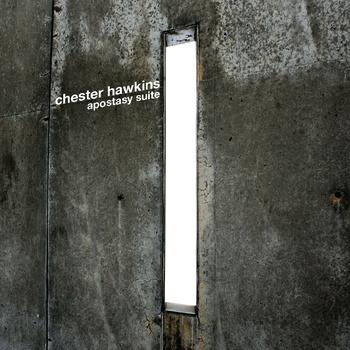 After 28 years of recording as Blue Sausage Infant, Washington, DC based musician Chester Hawkins released Semisolids in 2014, a set of drones, Kosmiche excursions, spaced out rhythmic electronics, Italian horror inspired soundtracks, soundscapes, noise and more, that was the first album under his own name.
After 28 years of recording as Blue Sausage Infant, Washington, DC based musician Chester Hawkins released Semisolids in 2014, a set of drones, Kosmiche excursions, spaced out rhythmic electronics, Italian horror inspired soundtracks, soundscapes, noise and more, that was the first album under his own name.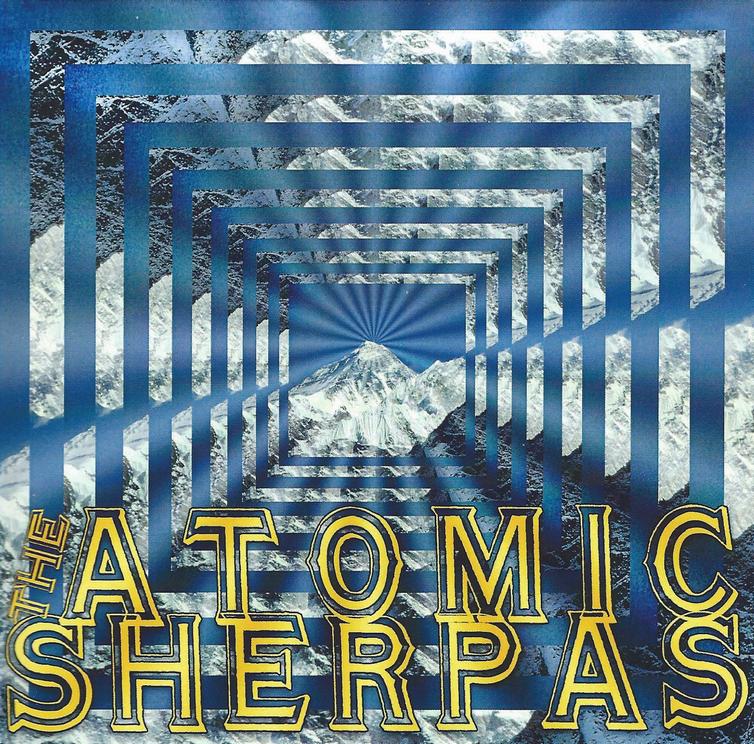 The Atomic Sherpas are a Los Angeles based guitar, bass, drums, keyboards, trombone, sax, flute, harmonica and vocals sextet who play… well… is Big Band Prog a genre? No? Well I’m making it up then. The music is like a mixture of Zappa, Chicago, Dr Nerve styled RIO Prog, good time swingin’ Blues and tightly structured Free-Jazz. These guys are ADHD antsy and completely unable to stay in one spot for very long, which results in a non-stop stream of compositional twists and turns and a harrowing stylistic roller coast ride.
The Atomic Sherpas are a Los Angeles based guitar, bass, drums, keyboards, trombone, sax, flute, harmonica and vocals sextet who play… well… is Big Band Prog a genre? No? Well I’m making it up then. The music is like a mixture of Zappa, Chicago, Dr Nerve styled RIO Prog, good time swingin’ Blues and tightly structured Free-Jazz. These guys are ADHD antsy and completely unable to stay in one spot for very long, which results in a non-stop stream of compositional twists and turns and a harrowing stylistic roller coast ride.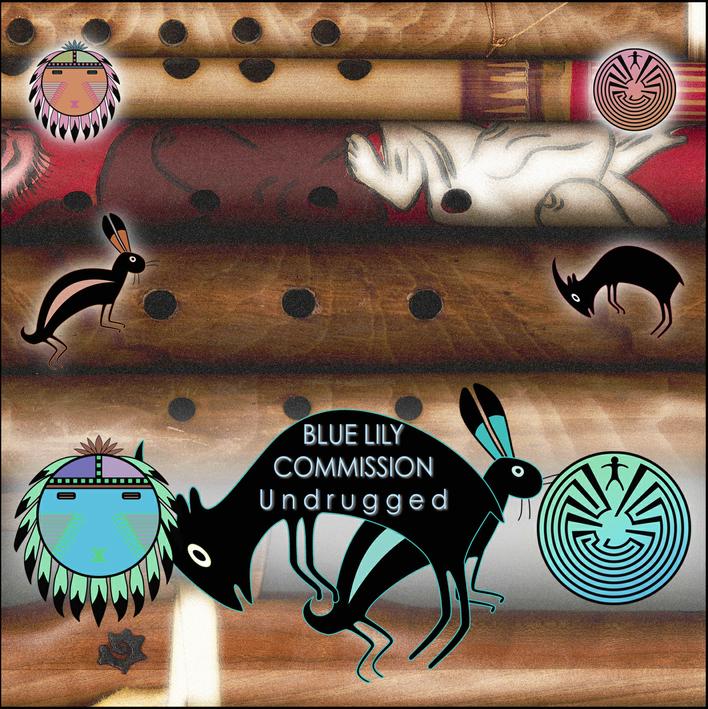 Mooch ship commander Steve Palmer created Blue Lily Commission years ago as a vehicle for his more ethnic oriented interests. His latest album, Undrugged, is different from its predecessors, though veteran Palmer fans will be well accustomed to Steve defying any expectations. Undrugged was created with all acoustic instruments… over 100 of them… and just for fun I’ve included the list below.
Mooch ship commander Steve Palmer created Blue Lily Commission years ago as a vehicle for his more ethnic oriented interests. His latest album, Undrugged, is different from its predecessors, though veteran Palmer fans will be well accustomed to Steve defying any expectations. Undrugged was created with all acoustic instruments… over 100 of them… and just for fun I’ve included the list below.
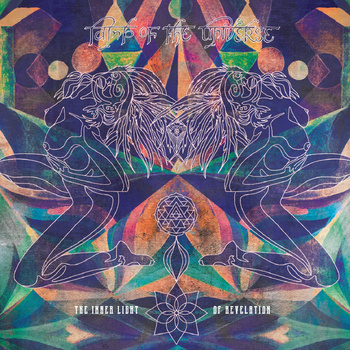 Since 2001, New Zealand based multi-instrumentalist Craig Williamson has been recording totally trippy, mind-bendingly lovely, psychedelically spaced out music as Lamp Of the Universe. And he continues to do so on his new album, The Inner Light Of Revelation.
Since 2001, New Zealand based multi-instrumentalist Craig Williamson has been recording totally trippy, mind-bendingly lovely, psychedelically spaced out music as Lamp Of the Universe. And he continues to do so on his new album, The Inner Light Of Revelation. The last new Jet Jaguar music was heard on the 2008 split with Guild Navigators, so it’s been a while. Recent months have seen reissues of the earlier Free Space and Billion Year Spree albums, which may very well have been new finds for many listeners. But for those of us who have been following the band, the 14 new songs on the just released Mysteries Of Antimatter is cause for Space Rock celebration.
The last new Jet Jaguar music was heard on the 2008 split with Guild Navigators, so it’s been a while. Recent months have seen reissues of the earlier Free Space and Billion Year Spree albums, which may very well have been new finds for many listeners. But for those of us who have been following the band, the 14 new songs on the just released Mysteries Of Antimatter is cause for Space Rock celebration.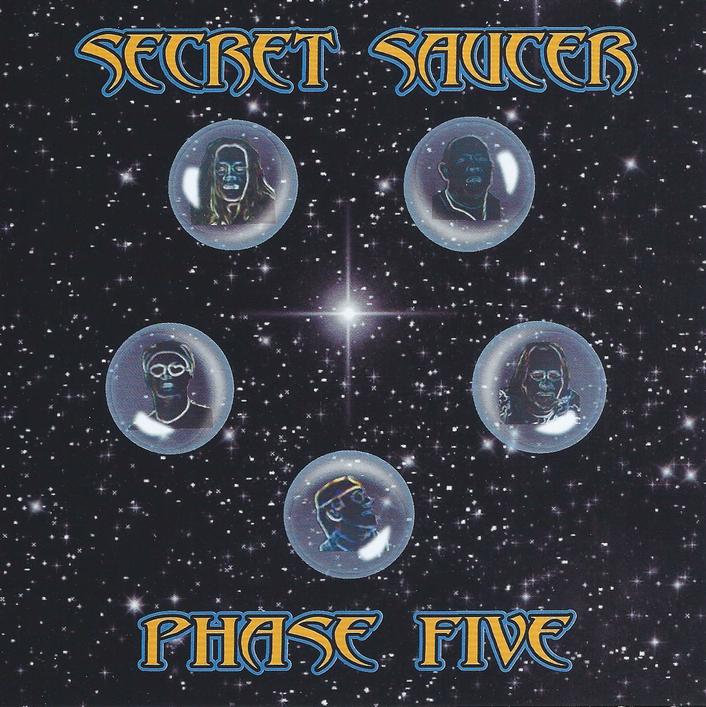 Secret Saucer are a collective of musicians whose origins are rooted in the Strange Daze Space Rock festivals which were held first in western New York and then Ohio from 1997-2001. Their membership has at various times included members of Quarkspace, Architectural Metaphor, Star Nation, Sun Machine and others. Last year’s Nachvollziehens album compiled remixed tracks from earlier albums, live in the studio tracks, and a previously unreleased song, and now Phase Five offers up the first brand new set of Secret Saucer music since 2011’s Four On The Floor.
Secret Saucer are a collective of musicians whose origins are rooted in the Strange Daze Space Rock festivals which were held first in western New York and then Ohio from 1997-2001. Their membership has at various times included members of Quarkspace, Architectural Metaphor, Star Nation, Sun Machine and others. Last year’s Nachvollziehens album compiled remixed tracks from earlier albums, live in the studio tracks, and a previously unreleased song, and now Phase Five offers up the first brand new set of Secret Saucer music since 2011’s Four On The Floor. Lizards Exist are a guitar, bass, keyboards, synths, melloton, and drums instrumental quartet from Croatia who play a spaced out blend of Prog, Jazz and Blues.
Lizards Exist are a guitar, bass, keyboards, synths, melloton, and drums instrumental quartet from Croatia who play a spaced out blend of Prog, Jazz and Blues.